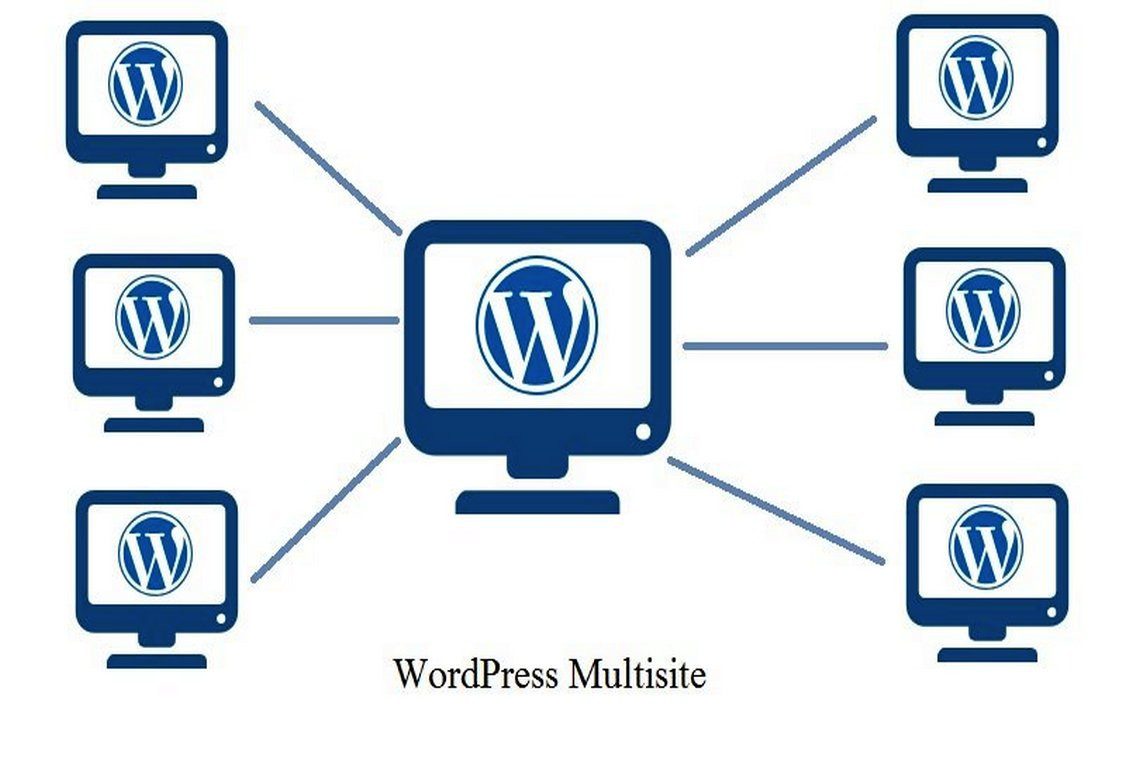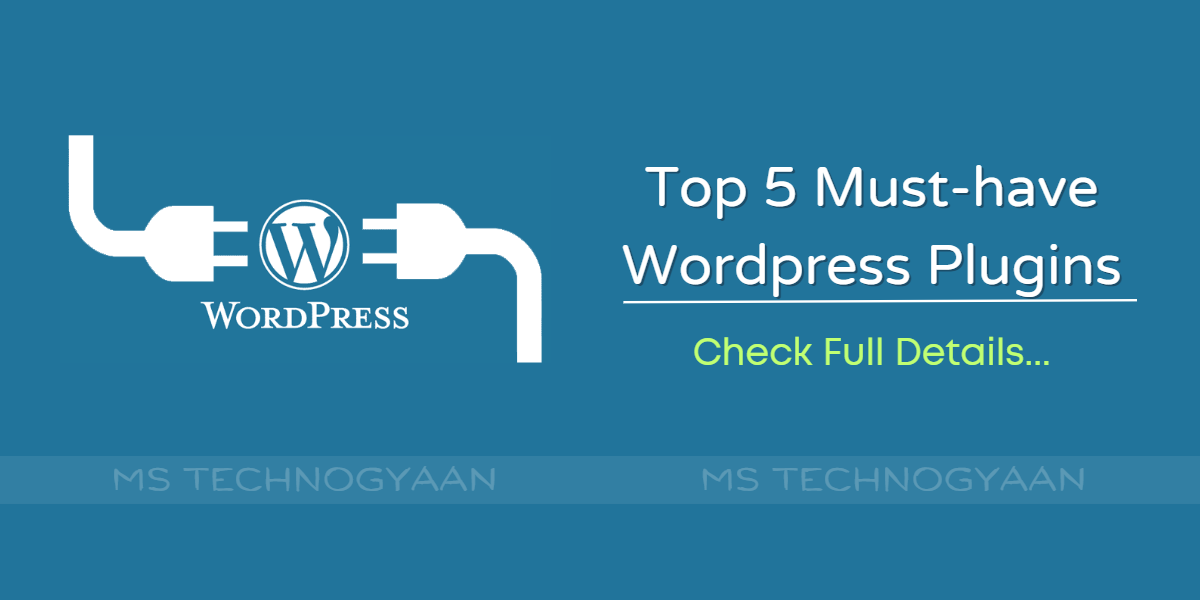Learn everything you need to know about WordPress Multisite, including how to set it up and optimize its features. With WordPress Multisite, you can run multiple websites on your server using a single WordPress installation. Find out more in this comprehensive article.
WordPress Multisite allows you to create and manage multiple websites using a single WordPress installation on your server. In other words, you can manage several different WordPress websites from a single dashboard. However, people are sometimes unsure of how to use this feature.
This guide clarifies what WordPress Multisite is, who needs it, and provides installation instructions for easy understanding.
Let’s start with the basics.
- What is WordPress Multisite?
- Key Features Of WordPress Multisite
- Who Can Benefit From WordPress Multisite And Who Should Avoid It?
- Pros And Cons Of WordPress Multisite
- WordPress Multisite allows for centralized management of multiple websites, which is particularly advantageous for enterprises with multiple teams handling different sub-sites, such as an e-commerce store with country-specific sub-sites.
- It allows for assigning different admins to each website on the network, providing greater flexibility in management.
- With WordPress Multisite, you can download and activate plugins and themes for all websites on your network using a single installation, making it more efficient and time-saving.
- You can also manage updates with a single master installation for all of the websites on your network.
- If the network goes down, all the websites on the network will be affected as they share the same network resources.
- An increase in traffic to one website on a Multisite network can affect the performance of all other websites on the network, as they share the same server resources. This can pose a challenge for beginners who may find it difficult to manage server resources and traffic on the network.rk.
- Some WordPress plugins may not be compatible with the Multisite feature and may not work properly when installed on a Multisite network. It’s important to test plugins thoroughly before installing them on your network to avoid any potential issues.
- If one website on the network gets hacked, it can compromise the security of the entire network, making it vulnerable to attacks and data breaches.
- Some web hosting providers may not offer the necessary tools or features required to support a WordPress Multisite network, so it’s essential to research and select a suitable hosting provider that can meet your requirements before setting up a Multisite network.
- If your hosting provider does not meet the server requirements, you may not be able to utilize the Multisite feature. For instance, some hosting providers may not permit adding a domain to the same hosting server. This may require changing or upgrading your hosting plan or switching to a different provider.
- Requirements For WordPress Multisite
- Multisite Domain Mapping
- Installing And Setting Up WordPress Multisite For New And Existing Websites
- Use an FTP client or the cPanel file manager to connect with your website’s hosting space, and open the wp-config.php file for editing.
- Add the following code to your
wp-config.phpfile just before the/*: - Now, save and upload your
wp-config.phpfile back to the server. - That’s all!
WordPress Multisite feature enables the creation and management of multiple WordPress websites from a single dashboard. It was previously known as WordPress Multi-User or WPMU and has been around since the launch of WordPress 3.0. It offers advanced functionality such as updating multiple sites at once or allowing subscribers to create websites on your network.
WordPress Multisite enables managing multiple websites using one installation, supporting subdomains, directories, or separate domains for each site. This makes it easier to replicate functionality across a network of websites.
In WordPress Multisite, you can control the entire network as a Super Admin. As a regular website admin, you can control only one website on the network. As a Super Admin, you have the authority to manage user access for creating accounts and setting up their own WordPress blogs or websites.
The Super Admin has the authority to install themes and plugins, customize them for all websites, and create websites and online shops tailored for different languages, regions, and currencies.
The Super Admin and website admin both have content control, but the Super Admin oversees the entire network while website admins choose which content to display. Super Admins have control over plugins, but website admins can activate or deactivate them as needed.
WordPress Multisite has its limitations, and it may not be suitable for everyone. One of the main concerns is that all websites on a Multisite network share the same database, which means that you can’t back up individual websites. As a result, all websites on the network must be under the same primary domain.
WordPress Multisite can be beneficial for a university that needs to create multiple websites for various departments, student and faculty member blogs, and forums. By using Multisite, all of the websites can share the same database as the university’s main domain, making them easier to manage.
Likewise, banks and financial institutions with a national or global network of branches, digital publications with multiple content sections, government offices with multiple departments, hotel chains, stores with multiple outlets, e-commerce companies, and website design companies such as Wix could also use a Multisite network to their advantage.
However, a web designer couldn’t use Multisite to manage several unrelated client projects. If one of the clients decided to move their website elsewhere, it would be a problem because the website would be sharing its database with others on the network. Multisite makes it difficult to back up an individual website on the network. You would be better off using a single installation in this case.
Now that we know who should and shouldn’t use WordPress Multisite, let’s look at the technical pros and cons. You’ll need to weigh them carefully before making a decision.
PROS:-
CONS:-
Before you start using WordPress Multisite, you need to make sure your web hosting service provider can handle multiple domains under a single hosting plan. Shared hosting may be sufficient for a few low-traffic websites, but it’s recommended to use VPS hosting or a dedicated server for a Multisite network.
You should also have basic knowledge of how to install WordPress, and it’s even better if you already have a WordPress installation. However, you’ll need to back it up and deactivate all the plugins before enabling Multisite.
Ensure that you have FTP access and a basic understanding of editing files using FTP. Additionally, you will need to activate pretty permalinks, which means that your URLs should appear as something like https://example.com/my-page instead of https://example.com/?p=2345
When creating additional websites on your Multisite network, you have two options for their URLs – subdomains or subfolders.
Subdomains would look like this: https://new-site.example.com, while subfolders would look like this: https://example.com/new-site. By default, these options are available for creating websites on your network.
To enable WordPress Multisite feature, you should first install WordPress. If you already have WordPress installed, ensure you have a backup of your website before enabling the Multisite feature.
/* Multisite */
define( 'WP_ALLOW_MULTISITE', true );After enabling the Multisite feature, the next step is to set up the network. If you are currently logged into your WordPress dashboard, you need to refresh the page to proceed with the setup. Otherwise, you will need to log in again.









